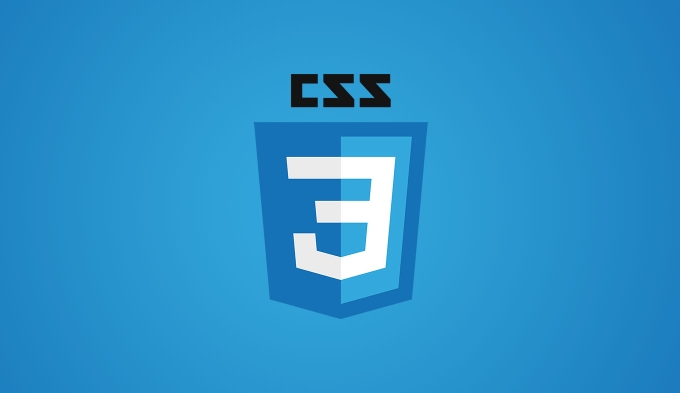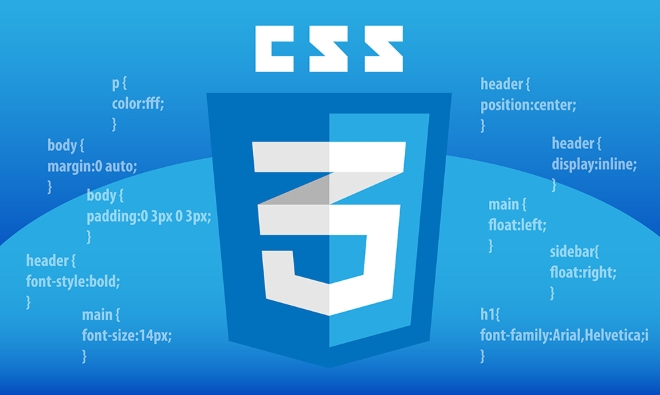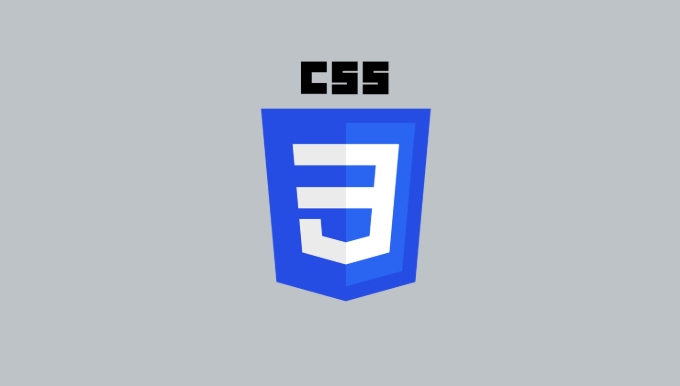Media queries in CSS allow responsive design by applying styles based on device characteristics. 1. Start with mobile-first approach, writing base styles for small screens and enhancing them for larger devices. 2. Use common breakpoints logically (e.g., mobile: up to 767px, tablet: 768px–991px, desktop: 992px ), only adding queries when layout breaks. 3. Handle orientation and resolution changes when needed, like adjusting for landscape mode or retina displays. 4. Avoid pitfalls such as scattered media queries, overuse of max-width, and missing viewport meta tag. Grouping queries by breakpoint improves maintainability and clarity.

When it comes to building responsive websites, media queries are one of the most essential tools in CSS. They let you apply styles based on the characteristics of the device — mainly screen width, but also things like orientation or resolution. Used correctly, they help create layouts that adapt smoothly across phones, tablets, and desktops.

Start with a mobile-first approach
Mobile-first means writing your base CSS for smaller screens and then using media queries to enhance the layout for larger devices. This keeps your code lean and ensures better performance on mobile devices.

Here’s how this typically works:
- Write default styles that work well on phones.
- Add media queries that kick in as the screen gets wider.
- Only load heavier assets (like background images) when needed.
For example:

/* Base styles for mobile */
.container {
padding: 10px;
}
/* Adjust layout for tablets and up */
@media (min-width: 768px) {
.container {
padding: 20px;
max-width: 800px;
margin: 0 auto;
}
}This way, mobile users don’t have to download or process unnecessary styles meant for bigger screens.
Use common breakpoints wisely
There's no official list of breakpoints, but there are some widely used sizes that match common device widths. The key is not to target specific devices, but rather to find logical points where the layout starts to break and adjust accordingly.
Common breakpoint ranges:
- Mobile: up to 767px
- Tablet portrait: 768px – 991px
- Desktop: 992px and up
Avoid writing too many media queries for every little change. Instead, test your layout as you resize the browser and only add a query when something really needs fixing.
Also, keep related styles together inside each media query to make your code easier to maintain.
Handle orientation and resolution changes
While width-based media queries are the most common, sometimes you need to check for other features like screen orientation or pixel density.
For example, if you want to tweak styles specifically for landscape mode:
@media (orientation: landscape) {
.hero {
height: 30vh;
}
}Or serve high-resolution images to retina displays:
@media (min-resolution: 2dppx) {
.logo {
background-image: url('logo@2x.png');
}
}These aren’t always necessary, but they can be useful for fine-tuning the experience in certain cases.
Avoid common pitfalls
A few mistakes tend to pop up when people first start using media queries:
- Placing media queries all over the place instead of grouping them by breakpoint
- Using
max-widthonly and ending up with messy overrides - Forgetting to set the viewport meta tag in HTML (
<meta name="viewport" content="width=device-width, initial-scale=1">) - Not testing real-world resizing scenarios
One tip: consider keeping all your media queries at the bottom of your stylesheet grouped by breakpoint, especially when starting out. It makes it easier to see what styles apply where.
Basically, media queries give you control over how your site looks on different devices without needing JavaScript. Keep them simple, logical, and focused on actual layout needs.
The above is the detailed content of Effective use of CSS media queries for responsiveness. For more information, please follow other related articles on the PHP Chinese website!

Hot AI Tools

Undress AI Tool
Undress images for free

Undresser.AI Undress
AI-powered app for creating realistic nude photos

AI Clothes Remover
Online AI tool for removing clothes from photos.

Clothoff.io
AI clothes remover

Video Face Swap
Swap faces in any video effortlessly with our completely free AI face swap tool!

Hot Article

Hot Tools

Notepad++7.3.1
Easy-to-use and free code editor

SublimeText3 Chinese version
Chinese version, very easy to use

Zend Studio 13.0.1
Powerful PHP integrated development environment

Dreamweaver CS6
Visual web development tools

SublimeText3 Mac version
God-level code editing software (SublimeText3)

Hot Topics
 How can I include CSS only on some pages?
Jun 11, 2025 am 12:01 AM
How can I include CSS only on some pages?
Jun 11, 2025 am 12:01 AM
There are three ways to selectively include CSS on a specific page: 1. Inline CSS, suitable for pages that are not frequently accessed or require unique styles; 2. Load external CSS files using JavaScript conditions, suitable for situations where flexibility is required; 3. Containment on the server side, suitable for scenarios using server-side languages. This approach can optimize website performance and maintainability, but requires balance of modularity and performance.
 Flexbox vs Grid: Understanding the Key Differences in CSS Layout
Jun 10, 2025 am 12:03 AM
Flexbox vs Grid: Understanding the Key Differences in CSS Layout
Jun 10, 2025 am 12:03 AM
Flexboxisidealforone-dimensionallayouts,whileGridsuitstwo-dimensional,complexlayouts.UseFlexboxforaligningitemsinasingleaxisandGridforprecisecontroloverrowsandcolumnsinintricatedesigns.
 Creating an Auto-Closing Notification With an HTML Popover
Jun 10, 2025 am 09:45 AM
Creating an Auto-Closing Notification With an HTML Popover
Jun 10, 2025 am 09:45 AM
The HTML popover attribute transforms elements into top-layer elements that can be opened and closed with a button or JavaScript. Popovers can be dismissed a number of ways, but there is no option to auto-close them. Preethi has a technique you can u
 What is 'render-blocking CSS'?
Jun 24, 2025 am 12:42 AM
What is 'render-blocking CSS'?
Jun 24, 2025 am 12:42 AM
CSS blocks page rendering because browsers view inline and external CSS as key resources by default, especially with imported stylesheets, header large amounts of inline CSS, and unoptimized media query styles. 1. Extract critical CSS and embed it into HTML; 2. Delay loading non-critical CSS through JavaScript; 3. Use media attributes to optimize loading such as print styles; 4. Compress and merge CSS to reduce requests. It is recommended to use tools to extract key CSS, combine rel="preload" asynchronous loading, and use media delayed loading reasonably to avoid excessive splitting and complex script control.
 How to use Lotties in Figma
Jun 14, 2025 am 10:17 AM
How to use Lotties in Figma
Jun 14, 2025 am 10:17 AM
In the following tutorial, I will show you how to create Lottie animations in Figma. We'll use two colorful designs to exmplify how you can animate in Figma, and then I'll show you how to go from Figma to Lottie animations. All you need is a free Fig
 Breaking Boundaries: Building a Tangram Puzzle With (S)CSS
Jun 13, 2025 am 11:33 AM
Breaking Boundaries: Building a Tangram Puzzle With (S)CSS
Jun 13, 2025 am 11:33 AM
We put it to the test and it turns out Sass can replace JavaScript, at least when it comes to low-level logic and puzzle behavior. With nothing but maps, mixins, functions, and a whole lot of math, we managed to bring our Tangram puzzle to life, no J
 External vs. Internal CSS: What's the Best Approach?
Jun 20, 2025 am 12:45 AM
External vs. Internal CSS: What's the Best Approach?
Jun 20, 2025 am 12:45 AM
ThebestapproachforCSSdependsontheproject'sspecificneeds.Forlargerprojects,externalCSSisbetterduetomaintainabilityandreusability;forsmallerprojectsorsingle-pageapplications,internalCSSmightbemoresuitable.It'scrucialtobalanceprojectsize,performanceneed
 Does my CSS must be on lower case?
Jun 19, 2025 am 12:29 AM
Does my CSS must be on lower case?
Jun 19, 2025 am 12:29 AM
No,CSSdoesnothavetobeinlowercase.However,usinglowercaseisrecommendedfor:1)Consistencyandreadability,2)Avoidingerrorsinrelatedtechnologies,3)Potentialperformancebenefits,and4)Improvedcollaborationwithinteams.






